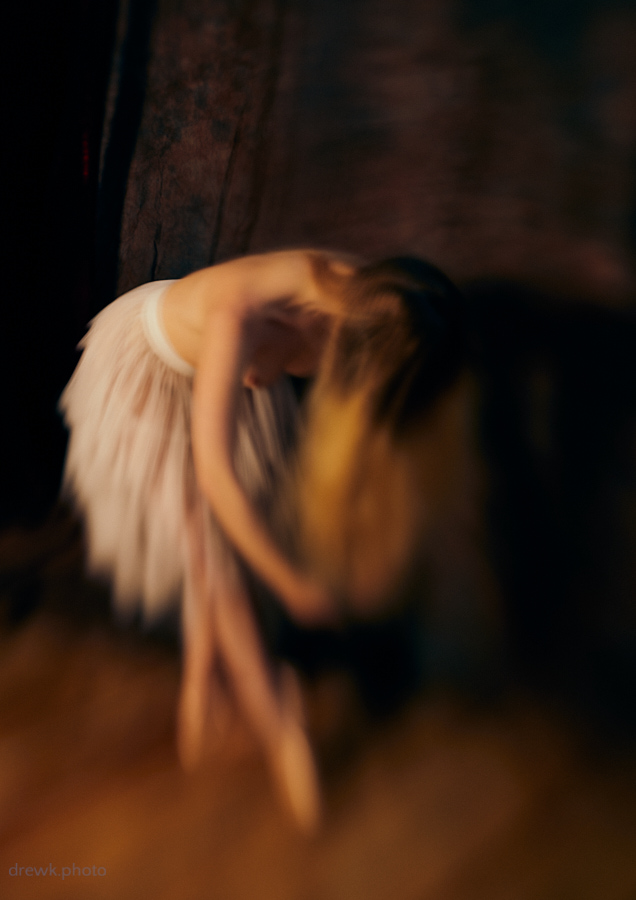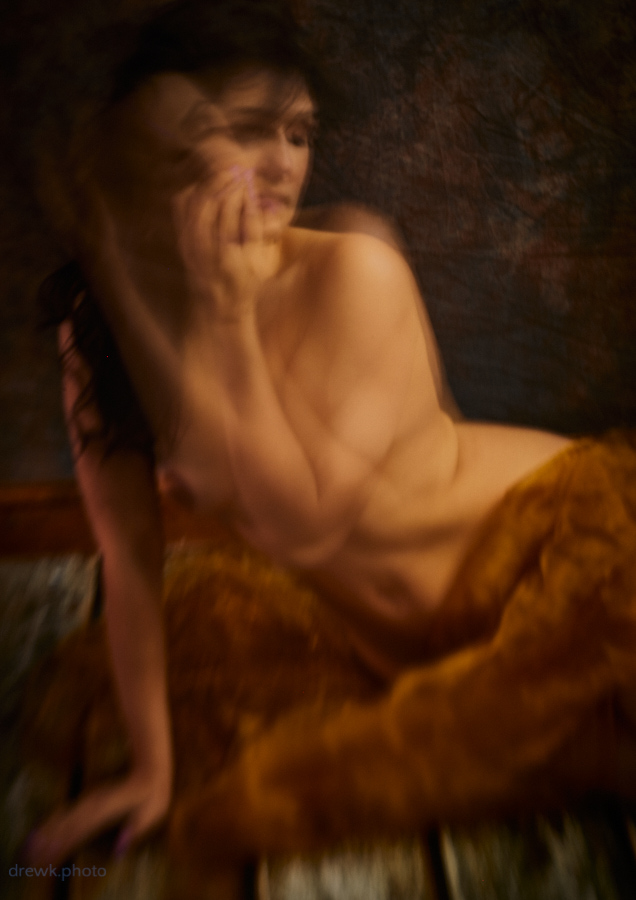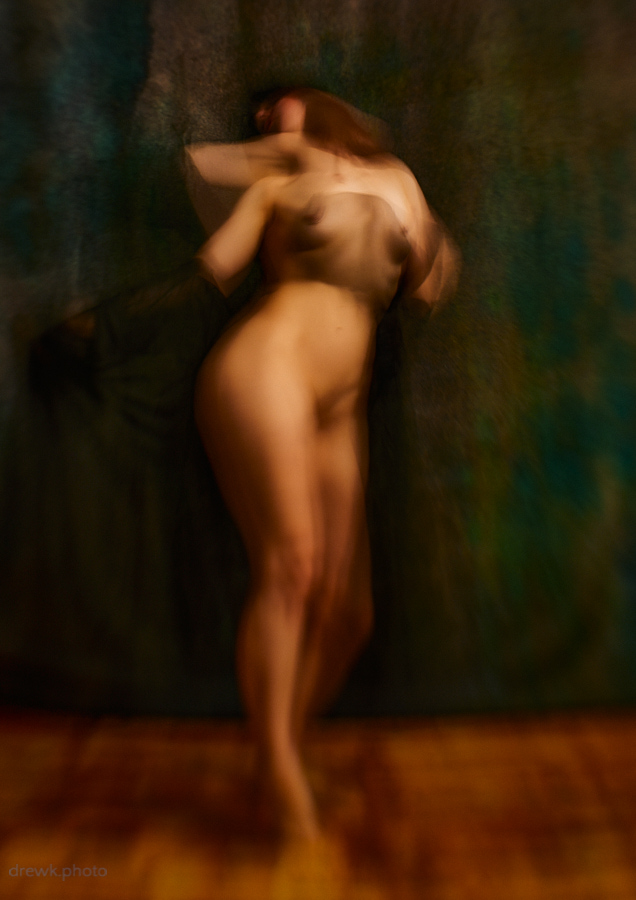I learned about Eadweard Muybridge in College.
For those not familiar with his colourful life (which ran from 1830 to 1904), it’s worth (at least) checking him out on Wikipedia, but (apart from his photography) he literally got away with murder, and had a Philip Glass opera written about him.
Muybridge is, however, most famous for his series of photographs of bodies in motion – initially, capturing a at the gallop. To do this, he had to overcome a number of technical problems of the time (notably emulsion speed). But – most significantly – he came up with the idea of using an array of cameras (initially 12, later 24), each triggered by the subject tripping a trigger wire.
In 1887, he published “Animal Locomotion” – a huge collection of 20,000 images. Of course, this predated “moving pictures” – although his work may well have inspired the development of the technology.
(As an aside … his concept of camera arrays – only this time with cinema cameras – was revived for the “bullet time” effect in The Matrix).
Anyway, the primary inspiration for my Danseuses series was the “ballet rats” of Edgar Degas’ paintings…

And … I was watching Waldemar Januszczak’s series on the Impressionists when I learned (episode 3 – “Painting the People” at around 11 mins) that Degas bought a copy of Muybridge’s book as soon as it became available. Mainly for the horses, admittedly, but these things have a way of affecting how you look at things. At the time of writing, the series is still available on iPlayer for a few months (if you’re in the UK).
So now I’ll pick up another major influence on 20th Century art – Pablo Picasso.
With Cubism, Picasso (and his contemporaries) sought to portray different aspects of the same subject.
And something similar had cropped up in my work …

Again, Muybridge was an influence on these guys
And more recently, I noticed that some of my photographs had resonances of Francis Bacon’s style.

I knew that Bacon had been influenced by Muybridge – there are some of the motion series in photos of Bacon’s studio.
But then – while doing some superficial research, while putting this post together – I found this article by Baswara R. Mursyid, where he pulled all together the Cubism / Bacon side of things (so I’ll leave it to his explanation).
(I’m not claiming anything original here. I was just intrigued by the forms created in my images and, although I’m not directly influenced by Muybridge, he kept cropping up as influencing those who influenced me)
